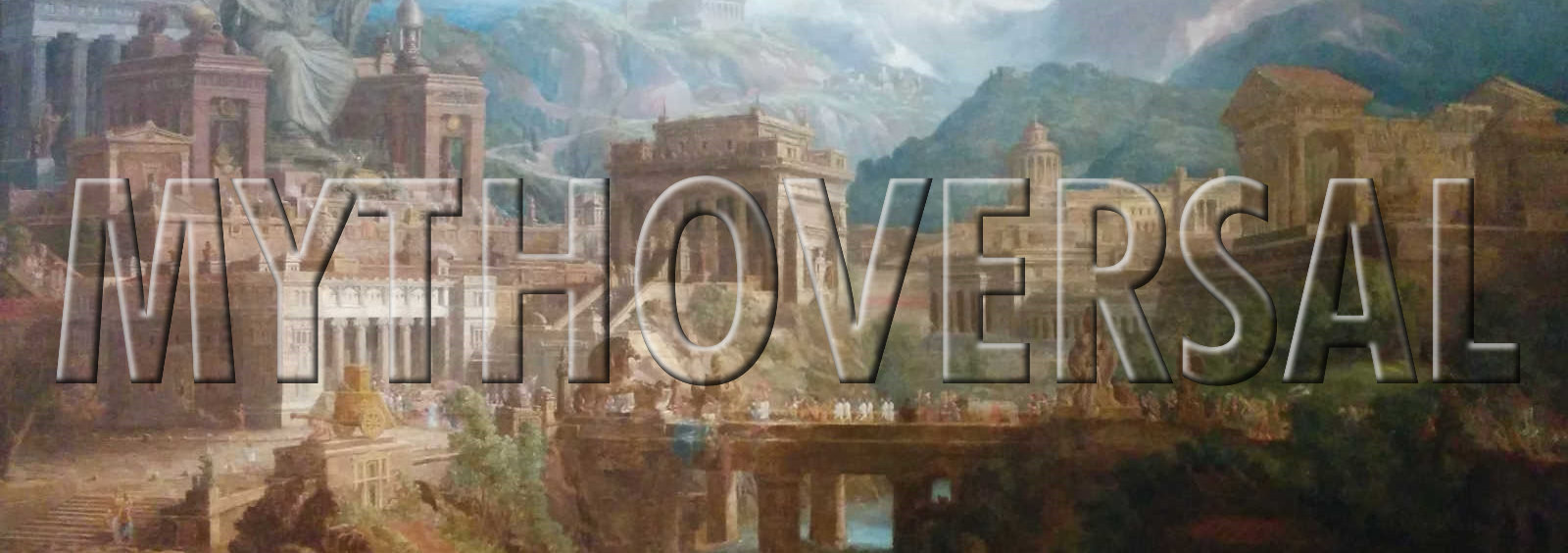Disrupting Mythology
Restoring diversity and inclusion to tales of Aegean mythology.
Disrupting Mythology
More Women with Agency
Powerful goddesses feature prominently throughout Greek mythology, but a patriarchy on steroids must also be countered by mortal women of all stations whose choices affect the outcome of their respective stories. These women exist in classical sources, but few step into the spotlight for long and fewer still ever claim their proper voice.Example: Homer's Iliad treats Briseis as a prize to be traded back and forth, where the Mythoversal retelling allows her to narrate events, develop relationships, interact with other characters, make choices, and have influence.
More Ethnic Diversity
Classical sources existed before our modern concept of race. Archaic Greece predates the modern concept of nationality. Mediterranean cultures mixed and blurred before the concept of “Western Civilization.”Mythoversal explores the intersectional myths that bounced between the Achaeans of Hellas and the other cultures across the islands of the Aegean, Central and Southern Europe, Anatolia and the Levant, Northern and Sub-Saharan Africa, Central and Southern Asia, and beyond.
Examples: Homer describes Eurybates, Agamemnon’s herald and Odysseus’s confidant, as having dark skin and wooly hair, hinting at a traditional African origin that’s since been lost to us. By tradition, Amphitryon and Alcmene both descend from Ethiopian royalty, a heritage that barely ever gets a mention. Mythoversal versions restore the diversity that was whitewashed from these stories in ancient times.
Considering neurodiversity
Neurodivergent people have been a part of all cultures throughout history. In Ancient Greece, stories emerged from a belief that neurodivergence signified a special connection to the gods. In the case of seers, their neurodivergence manifested as an ability to predict future events, a literal superpower.Greek mythology is full of powerful and influential seers who perceive the world in atypical ways, but their stories usually focus on the prophecies rather than on the prophets.
Example: Seers who were active in the Trojan War include Calchas, Helenus, and Cassandra. The Mythoversal Epic Cycle will show these characters having different types of brains as just one aspect of who they are.
LGBTQ Characters and Relationships
It's troubling to consider how much of the LGBTQ representation in Greek mythology may have been erased by gatekeepers in the intervening centuries.From the hints left behind, we can reconstruct some of what may have been commonly understood, including the contours of the Achilles/Patroclus relationship.
Examples: Mythoversal depicts Tiresias as gender-fluid in the belief that their story originally provided the proto-Greeks a means of understanding the concept of gender-fluidity. Similarly, we follow evidence that Atalanta was understood to be non-binary.
Note: We use they/them as pronouns for Homer, the pseudo-historical author of the Iliad and Odyssey, not because of their gender identity, but because they were probably a multitude of oral performers in a tradition that got amalgamated into a single name.
Ability Inclusion
Visual impairments in traditional Greek mythology were often depicted as supernatural punishments. The blindness of Tiresias was imposed by Hera after the seer sided against her in an argument with Zeus. The blindness of Homer was said to have been imposed by the ghost of Helen, who didn't like her depiction in the Iliad. The self-inflicted blindness of Oedipus was intended as a punishment for violating the natural order.Physical deformities in traditional Greek mythology were often inflicted by parents upon their infant children. Hephaestus, hurled off Mount Olympus by his mother, forever afterward required the aid of metal helpers in order to walk. Oedipus took his name from the lifelong limp he acquired when his father hobbled his feet and left him for dead on the slope of Mount Cithaeron. These differences in ability were depicted as the sins of a parent manifesting in the lives of their offspring.
Differences in ability in Mythoversal stories won't be shown as punishments from the gods or as manifestations of a prior generation's sins. Instead, characters of all ability levels will be defined by their actions, celebrated for their accomplishments, and held responsible for their mistakes.
Example: In the Epic Cycle, Podarces loses a hand in a battle against the Amazon queen. In the traditional version, his story is over. But in the Mythoversal Epic Cycle, Podarces undertakes a final mission vital to the story and saves the entire Achaean army.
On This Page:
Elsewhere:
Join World Anvil to subscribe to updates.

Comments